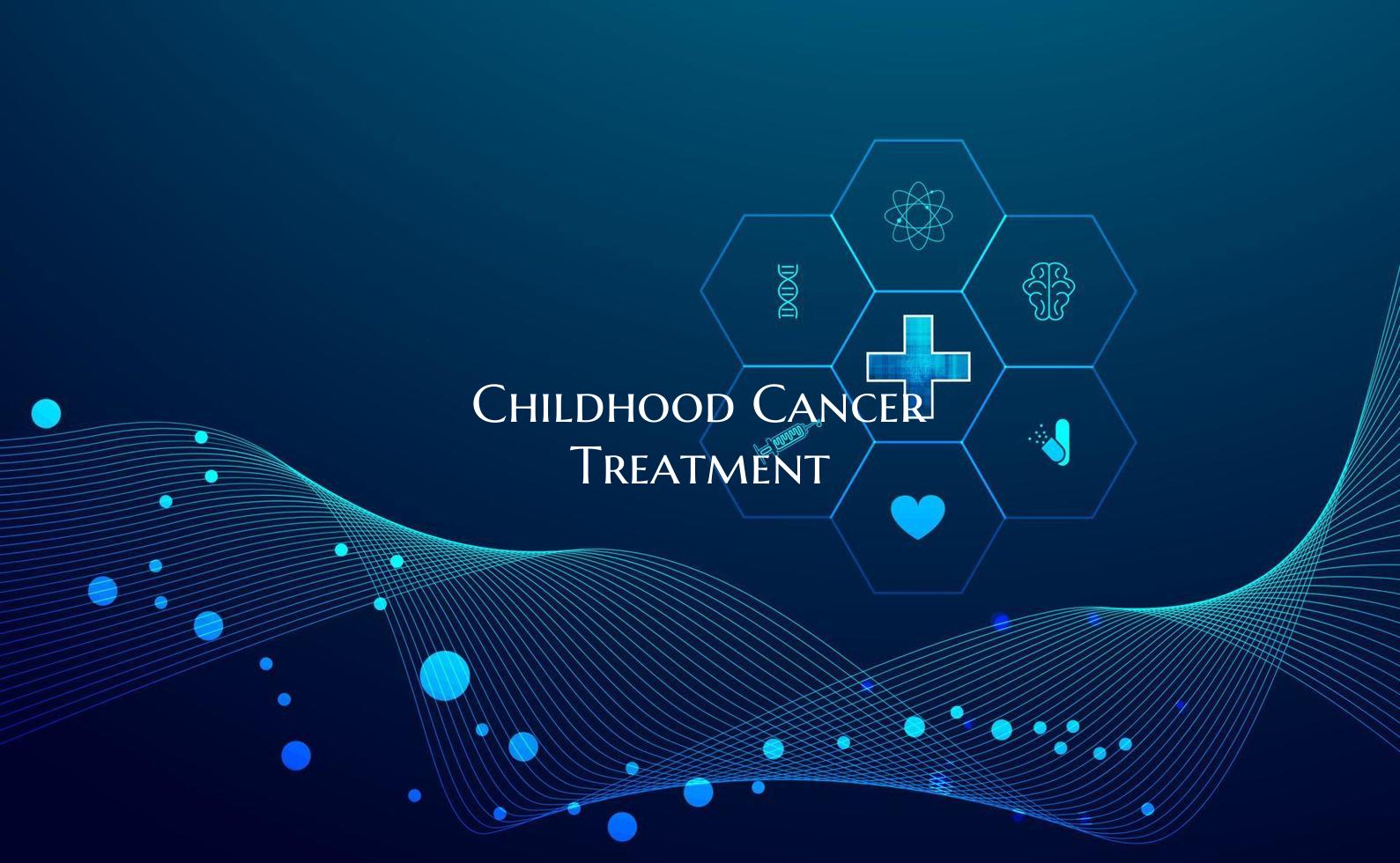
Childhood Cancer Treatment
Introduction: Childhood cancer is a devastating reality for thousands of young lives and their families around the world. While the diagnosis of cancer in a child is a heart-wrenching experience, advancements in medical science have significantly improved the outcomes of childhood cancer treatment. From innovative therapies to compassionate care, the journey of childhood cancer treatment is filled with hope and resilience.
1. Understanding Childhood Cancer: Childhood cancer encompasses a range of malignancies that affect children, including leukemia, brain tumors, lymphomas, and solid tumors. Unlike adult cancers, childhood cancers often respond well to treatment, making early diagnosis crucial for successful outcomes. Understanding the specific type of cancer and its stage is essential for tailoring an effective treatment plan.
2. Multidisciplinary Approach to Treatment: Childhood cancer treatment requires a multidisciplinary team of healthcare professionals, including pediatric oncologists, surgeons, radiation oncologists, nurses, and psychologists. This collaborative approach ensures that the physical, emotional, and psychological needs of young patients are addressed throughout their treatment journey.
3. Treatment Modalities: a. Surgery: In cases where the tumor is localized, surgical removal may be the first line of treatment. b. Chemotherapy: Chemotherapy uses powerful drugs to kill cancer cells and is often a cornerstone of childhood cancer treatment. c. Radiation Therapy: Radiation therapy targets and destroys cancer cells using high-energy beams of radiation. d. Immunotherapy: This innovative treatment approach harnesses the body's immune system to fight cancer cells, with promising results in certain childhood cancers.
4. Survivorship and Long-Term Care: Survivorship is a critical aspect of childhood cancer treatment, as it emphasizes long-term care and monitoring for potential late effects of cancer treatment. Survivors may face various challenges, including physical disabilities, cognitive impairments, and emotional distress. Comprehensive survivorship programs aim to support survivors in leading healthy and fulfilling lives beyond cancer.
5. Research and Future Directions: Ongoing research and clinical trials play a vital role in advancing childhood cancer treatment. By exploring novel therapies, targeted treatments, and personalized medicine approaches, researchers strive to improve outcomes and reduce the long-term side effects of treatment. Collaborations between academic institutions, healthcare organizations, and advocacy groups are driving innovation in the field of pediatric oncology.
Conclusion: Childhood cancer treatment is a complex yet hopeful journey that embodies the resilience and strength of young patients and their families. With advances in medical technology, personalized care approaches, and supportive survivorship programs, the landscape of childhood cancer treatment continues to evolve. By raising awareness, supporting research initiatives, and fostering a community of care, we can empower young cancer warriors to conquer this formidable foe and thrive beyond their diagnosis.